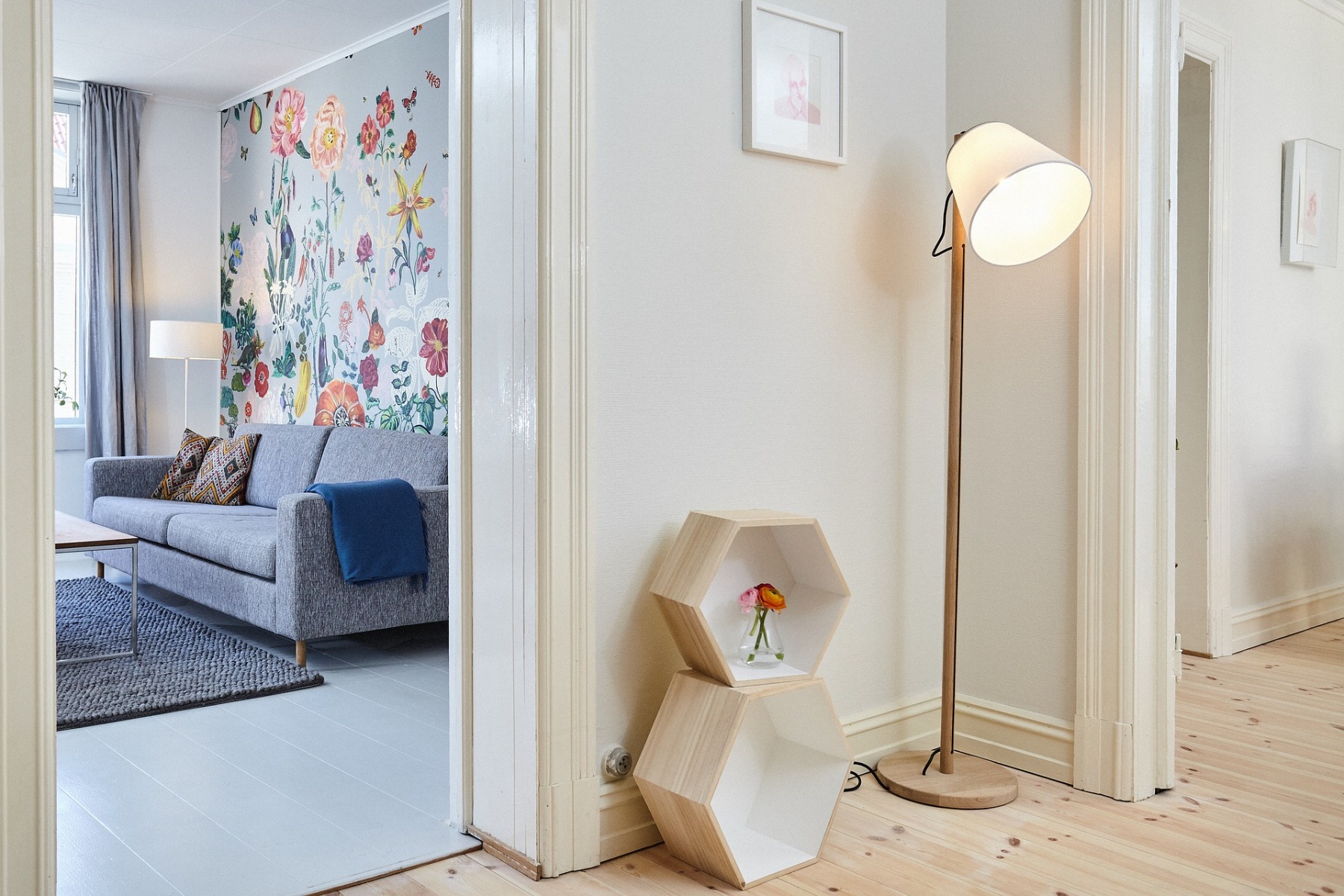Top 3 Architrave Profiles Styles

Picking the right architrave profile for your doors and windows will either enhance your interiors greatly or simply add that 'extra touch' around your home's openings.
In this quick guide, we'll share with you the 3 most widely used profile styles, and how these interact with your skirting boards and home interiors.
Is It Okay to Combine Different Profiles of Skirting Boards and Architraves?
The staple industry advice has always been to have your architraves match your skirting boards profile. Yet, even though we swear by it, we're here to tell you there are other options you may want to consider!
If, for example, your skirting boards are a bit too plain, you can choose an architrave profile that's a bit more elaborate. Keep in mind that the dimensions of your mouldings should always be balanced across your home's interiors. Also, the thickness of both skirting and architraves should always match.
Houses with high ceilings and big doors call for wider architraves. On the other hand, a small room with a short skirting board, shouldn't be combined with a broader piece of architrave. This will add too much weight from a visual standpoint -remember that the human brain loves symmetry!
For more information about architraves, read our architraves essentials guide!
Architrave Profile Style Nr1: Refined and Ornamented
Best for: Victorian, Edwardian and Georgian period properties.
Each of these types of period properties coined their own classic features. Victorian, Edwardian and Georgian properties have survived generations and are often regarded as cultural patrimony! The importance of fitting characteristic mouldings profiles is paramount as these serve the purpose of keeping the look and style of these houses intact.
The most popular amongst these classic architrave profiles is the Victorian style. Quite ornamented and with protruding, sweeping curves, Victorian profile architraves are designed to match more than only the skirting boards! Wall and cornice mouldings and panels are also important features of period properties.
An Edwardian style architrave profile looks quite similar to a Victorian but with lean, simple rounded lines which result in a dynamic, yet slightly symmetrical design.
Finally, Georgian mouldings profiles are rooted partly in Greek and Roman architecture. Symmetrical, quite decorative and grand, yet with a focus on clean lines. If you take a closer look, you'll find that Georgian profile architraves resemble the profile of a greek column.
Of course, the difference between each architectural style goes well beyond mouldings! But, it's worth having an idea in case you want to bring some Period inspiration to your next home's renovation project!
Architrave Profile Style Nr2: The Staples
Best for: Any type of property calling for an extra decorative touch!
As you can guess, the most popular styles of architraves profiles match the staple skirting boards designs! It's fair to say that the Ogee architrave comes up as an absolute favourite. Refined but subtle -typically narrower than more adorned profiles- it adds elegance without being excessive. The same goes for Torus architraves, which are very similar to Victorian architraves.
Chamfered and Ovolo architraves are simpler in design, which makes them also staple mouldings, but still have a decorative edge to them. Ideal to use in any type of modern property, and both big or small rooms.
Architrave Profile Style Nr3: Modern, Practical and Minimalistic
Best for: A no-brainer solution for any type of modern house.
Do you feel like you can't really be bothered by choosing and picking a specific style of architrave? Do you want to keep it as simple as it gets? Then either the Square Edge or the Rounded Edge -aka bullnose architrave- are what you need! These can be as narrow as 25mm, so you'll barely notice them. Both styles are great for the budget-minded DIY-er -in case you've been planning to install your architraves yourself!
The Skirting Board Shop Top Tip
Have you decided to mix and match your mouldings? Then you should consider using skirting blocks, also known as plinth blocks. These blocks are placed on the base of your openings, where your architraves meet your skirting boards, to create a seamless transition between both.
Check out our full range of architrave profiles and finishings!
If you need a guiding hand to choose the perfect mouldings for your home, give us a call on 0800 048 0786, or send us an email [email protected].
 0800 048 0786 Monday - Friday, 8:30am to 4pm
0800 048 0786 Monday - Friday, 8:30am to 4pm
